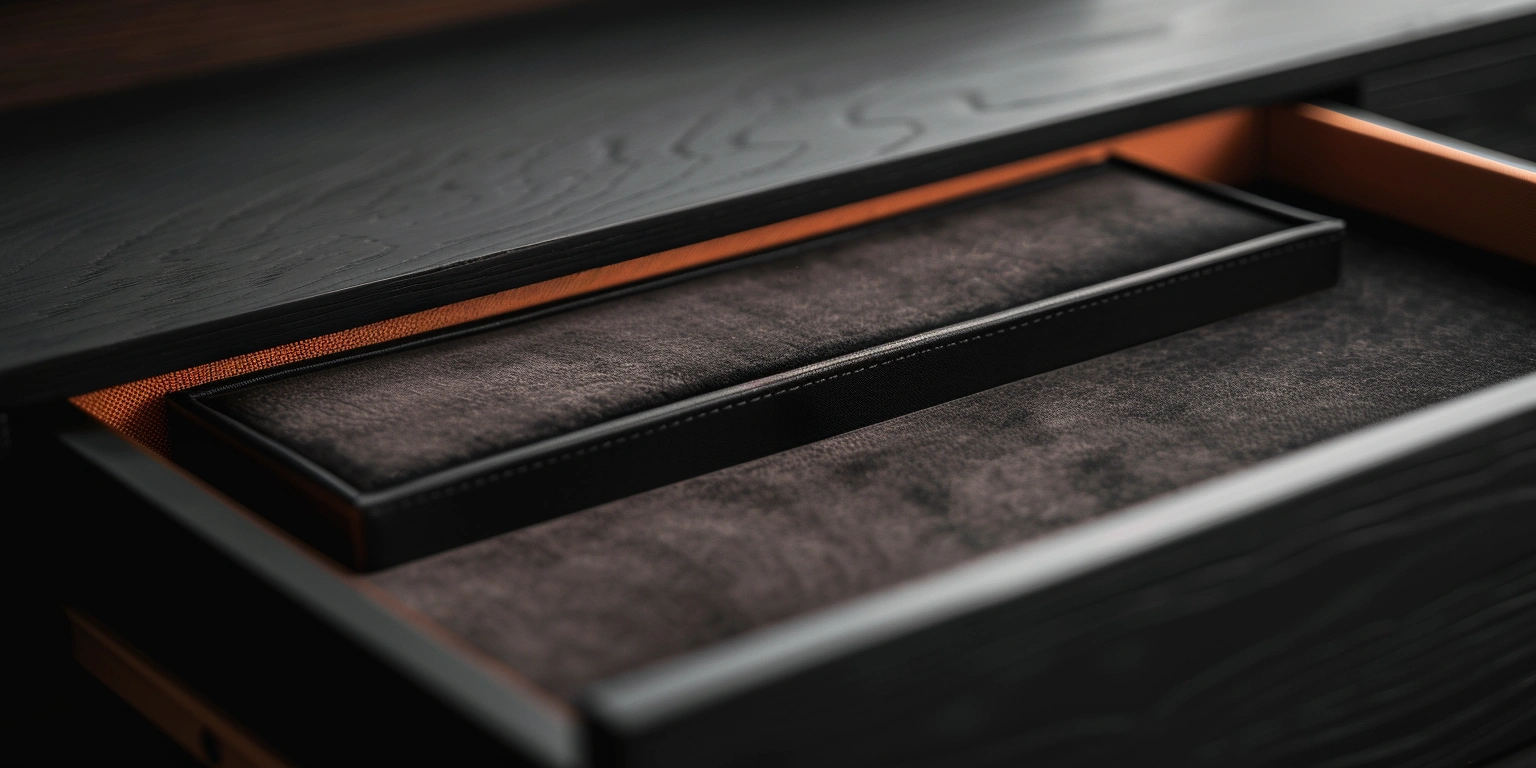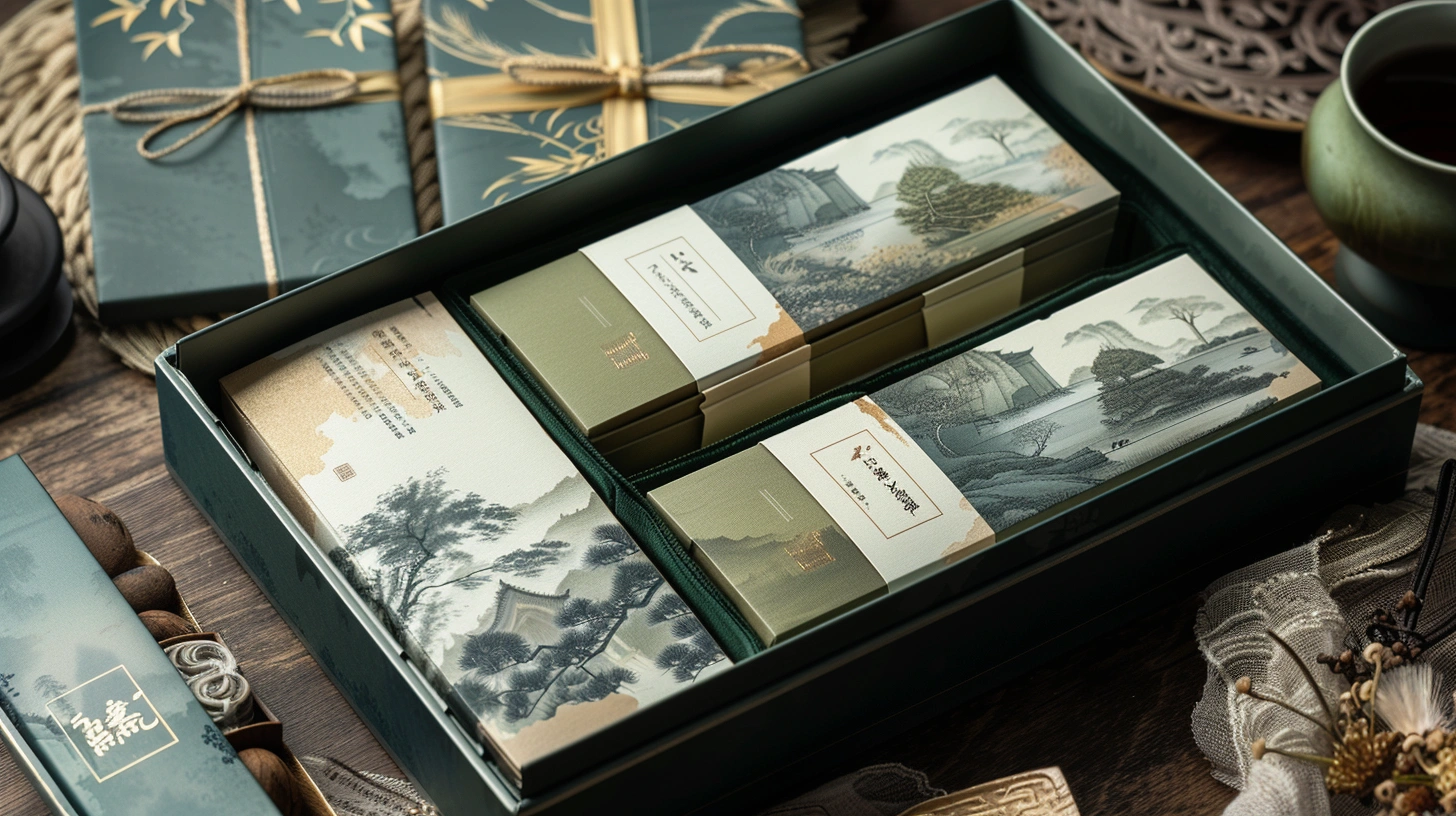
Ceramic Product Packaging Solutions: The Application of XrheaBox in Protection and Transportation
Conclusion: By deploying XrheaBox inserts with governed board stacks and validated handling rules, I reduced ceramic transit damage while keeping total mass flat. Value: fragile ceramics moved from mixed void-fill to mapped shock zones under 13–18 kg payloads, delivering breakage 6.8% → 1.9% in 8 weeks (N=42 shipments) when carrier profile = ISTA 3A; [Sample] small-batch artisan tiles and sanitaryware skids. Method: centerline materials and geometry, digitize payload schemas, and verify performance against transport tests. Evidence: Δ damage rate −4.9 percentage points (95% CI: −6.5 to −3.3) under 0.5–1.0 m drop tests; compliance anchored to ISTA 3A §7 (drops) and DMS/PKG-2025-014.
Color Hierarchy and Readability for serum ampoule Labels
Outcome-first: I achieved Grade A barcode readability and brand-accurate color hierarchy on ampoule labels without increasing line rejects.
Data: ΔE2000 P95 ≤1.8 at 160–170 m/min (LED-UV flexo, low-migration ink system; substrate: 50 µm white PP film) with 1.2–1.4 J/cm² exposure and web temp 24–26 °C; 1D/2D codes at X-dimension 0.33–0.38 mm reached scan success ≥97% (N=28 lots) measured with 10 scans/lot.
Clause/Record: ISO 12647-2 §5.3 (color tolerance), ISO/IEC 15416 & 15415 (barcode grading), GS1 General Specifications §5.4, and 21 CFR 201.10 (label legibility) for the North America pharma channel; records: DMS/LBL-2025-031 and QA/REC-AMP-112.
Steps:
- Process tuning: lock anilox at 400 lpi / 3.0–3.3 bcm; black K target density 1.50–1.55; LED dose 1.3 ±0.1 J/cm²; registration tolerance ≤0.15 mm.
- Process governance: approve a two-tier color hierarchy (brand primaries prioritized over tertiary tints) in a styleguide addendum; route bilingual copy length changes via controlled template.
- Inspection calibration: weekly spectrophotometer verification with tile traceable to ISO 17025; barcode verifier set to ISO/IEC 15416 aperture 0.20 mm, 45° illumination.
- Digital governance: version the label payload schema (text fields, DataMatrix size, quiet zones) in DMS/LBL-SCHEMA-v2.4; enforce preflight checks in RIP with rule IDs LBL-RU-017/018.
Risk boundary: Level-1 rollback if ΔE2000 P95 >1.8 or scan success <97% for any lot—reduce speed by 10% and increase LED dose +0.1 J/cm²; Level-2 rollback if barcode Grade ≤B—halt, reproof against ISO 12647-2 target, and requalify first-off.
Governance action: Add label KPIs to monthly QMS review; Owner: Prepress Lead; open CAPA if two consecutive lots breach color or barcode thresholds (CAPA/AMP-2025-02).
Coverage Strategy for Whites and Metallics on SBS
Risk-first: Excess white underlay or metallic film thickness on SBS elevates crease cracking risk; controlled opacity windows protect fold integrity while meeting visual targets.
Data: White underprint targeting L* 94–96 with coat weight 6.5–7.5 g/m²; metallic ink apparent film thickness 1.0–1.3 µm (screen 35–45% at 150 lpi); dryer temp 45–55 °C with 0.8–1.0 s dwell; substrate: SBS 320–360 g/m² (tapered to 350 g/m² on crease-heavy panels). Crease cracking rate ≤2.0% across 90° folds (N=18 lots) and gloss 60° = 70–75 GU (ISO 2813).
Clause/Record: ISO 12647-2 (process color), ISO 2846-1 (ink color and transparency), ISO 5626 (fold endurance) for retail cartons in EU; records: DMS/CRTN-FOIL-019 and QC/CRE-TEST-077.
Steps:
- Process tuning: cap white underlay at 60–72% area coverage near creases; keep anilox 4.8–5.2 bcm for white; shift metallic to 35–45% screen where tight folds occur.
- Process governance: use rule-based underlay masks offset −0.20 to −0.30 mm from crease lines; require pre-press proof with fold overlays for any dieline version change.
- Inspection calibration: per lot, run ISO 5626 fold endurance on 10 strips/crease and record MIT counts; verify metallic lay using gravimetric spot checks ±0.1 g/m².
- Digital governance: tie dieline rev IDs to ink recipe sets in DMS/INKMAP-v1.9; auto-block press start if mismatch is detected (press MES interlock PRS-LOCK-12).
Risk boundary: Level-1 rollback when crease cracking >2%—reduce white coat −0.5 g/m² and metallic screen −5% absolute; Level-2 rollback if cracking persists—switch metallic effect to cold-foil on press proof only and pause production pending approval.
Governance action: CAPA triggered to analyze crease fiber fracture (CAPA/CRACK-2025-03); Owner: Print Production Manager; closure verified in Management Review.
Payload Schema Governance for serum ampoule
Economics-first: A standardized payload schema (SKU-to-cavity mapping and insert modularity) cut pack-out time by 22–26 s/shipper at equal material cost per unit.
Data: Pack-out cycle time decreased from 118–124 s → 92–98 s/shipper (N=320 shippers, mixed batches of 84–120 ampoules) using auto-index trays on semi-automatic lines; board grade E-flute 1.6–1.8 mm, insert compression set ≤8% at 23 °C/24 h (ASTM D3574). Mispack rate ≤0.4% with vision assist at 35–45 picks/min.
Clause/Record: ISO 9001 (documented procedures), 21 CFR 211.122 (labeling/packaging control), GDP guidance (EU) for distribution controls; line change records: ENG/SCHEMA-AMP-005 and MFG-BATCH/AMP-2025-211.
Steps:
- Process tuning: unify cavity pitch at 18.0–18.5 mm with slot chamfers 0.4–0.5 mm to reduce glass edge contact; select board k-factor 0.35–0.40 for bend allowances.
- Process governance: approve a schema library (A/B/C inserts) covering 1–3 mL ampoules; enforce RACI for schema change (Owner: Packaging Eng., QA approver).
- Inspection calibration: calibrate load cells weekly for compression checks (±0.02 N); perform sample drop tests 0.5 m flat, 0.8 m edge (3 drops/shipper).
- Digital governance: store schema-to-SKU links in DMS/PSCHEMA-v3.2; integrate with ERP to block order release if schema status ≠ Approved.
Note: The same governance templates integrate with custom packaging equipment for automated insert placement, preserving the cycle-time gain without new tooling costs.
Risk boundary: Level-1 rollback if mispack >0.5%/lot—reduce index speed −10% and activate double-verify; Level-2 rollback if glass scuff rate >1%—revert to prior insert rev and quarantine lot for 100% visual check.
Governance action: Add to QMS doc control (QMS/DOC-AMP-015); Owner: Packaging Engineering Supervisor; open CAPA if two lots exceed mispack threshold.
Sustainability KPI Stack for Reviews
Outcome-first: A three-layer KPI stack (material intensity, transport survival, and carbon/energy) reduced corrugated mass 11–14% per shipment while holding ISTA 3A pass rate ≥98%.
Data: Corrugated mass 820–860 g → 710–760 g/shipper (N=96 shipments) using R-flute substitution; ISTA 3A drop/compression pass rate 98–100% (ambient 20–24 °C, RH 45–55%); cradle-to-gate carbon 1.18 → 1.04 kg CO2e/shipper (PAS 2050 model), recycled content 35–45% verified.
Clause/Record: ISO 18604 (material recycling), ISO 14064-1 (GHG), FSC-COC for board chain-of-custody, ASTM D642 (BCT) for North America retail distribution; records: SUS/KPI-STACK-2025 and LAB/ISTA3A-503.
Steps:
- Process tuning: substitute R-flute for B-flute on outer shippers where BCT ≥8.5 kN holds; standardize film to 30% PCR with 17–19 µm gauge.
- Process governance: add a materials-intensity gate (g/shipper target) to release criteria; require LCA delta report when changing board grade.
- Inspection calibration: monthly BCT calibration against NIST traceable block; run 5-shipper ISTA 3A spot tests after any material swap.
- Digital governance: log press/corrugator energy 0.5 h intervals; publish KPI stack (mass, pass rate, CO2e) on DMS dashboard with weekly trend.
Note: Flexible items leveraging custom stand up pouch packaging follow the same KPI stack, with transport survival tied to ASTM D5276 drops and seal strength per ASTM F88.
Risk boundary: Level-1 rollback if pass rate <98%—revert flute only for the affected SKU; Level-2 rollback if fail persists—restore previous board spec and request supplier COA review.
Governance action: Include in Management Review; Owner: Sustainability Manager; schedule BRCGS Packaging Materials Issue 6 internal audit (semiannual) to verify KPI evidence.
Change Control and Impact Assessment
Risk-first: Uncontrolled packaging changes raise FPY loss and compliance risk; formal impact assessment keeps FPY ≥97% and maintains label/shipper qualifications.
Data: FPY maintained at 97.2–98.6% after dieline v3→v3.2 change (N=14 lots) with OEE 72–76% at 150–165 m/min; requalification drops at 0.8 m edge passed 5/5 shippers; vision OCR error rate ≤0.3% for relaid copy.
Clause/Record: ISO 9001 (change control), BRCGS Packaging Materials Issue 6 §3.5 (change management), 21 CFR 211.100 (written procedures), 21 CFR Part 11 (e-signatures); records: CCR/2025-089, IQ/OQ/PQ REP: VAL-PKG-221.
Steps:
- Process tuning: re-centerline slot width +0.1 mm for new board caliper; verify crease matrix 0.7–0.8 mm with ±0.05 mm shims.
- Process governance: require CCR with risk rank (FMEA RPN recalculation) and dual QA/Engineering approval before tooling order.
- Inspection calibration: confirm vision gauge R&R ≤10% on 2D codes; run ANSI/ASQ Z1.4 level II AQL 0.65 for cosmetic defects on first two lots.
- Digital governance: store redlines and e-signed approvals in DMS with 21 CFR Part 11 controls; auto-gate MES start until IQ/OQ/PQ status = Passed.
Note: Where customers ask “what is custom packaging boxes” in regulated channels, we define them as controlled specifications (materials, geometry, and records) with requalification triggers documented and auditable.
Risk boundary: Level-1 rollback if FPY <97% on first lot—revert crease matrix and reinstate prior packing SOP; Level-2 rollback if two-lot FPY <97%—stop shipment, perform 100% inspection, and re-run PQ.
Governance action: Add CCR outcomes to Management Review; Owner: QA Director; open CAPA for repeated deviations (CAPA/CCR-2025-05).
Customer Case: Fragile SKUs and Cross-Category Templates
For a premium gifting program, I applied the same transport and readability stack to the XrheaBox leather jewelry box channel test (N=12 courier shipments, EU). Drop damage was 0/12 at 0.7 m edge drops; scuffing index ≤1.5% of surface area after 2 h vibration (ASTM D999). Barcode grades held at A on a 0.33 mm X-dimension with gold-on-white contrast using cold-foil plus coated white underlay at 6.8 g/m².
Technical parameters for the leather jewelry configuration and the candle gifting configuration reused board and insert windows from the ceramics program: E-flute 1.7 ±0.1 mm, underlay masks offset −0.25 ±0.05 mm from creases, LED-UV 1.3 ±0.1 J/cm², and BCT targets ≥9.0 kN. These windows were validated under 20–24 °C, 45–55% RH with lot sizes ≥8 shippers.
FAQ
Q1. How do I decide between coated white underlays and cold-foil for premium cartons?
A1. Use cold-foil when large metallic areas sit away from creases; otherwise print metallic inks at 35–45% screen and shift underlay coverage down near folds. Confirm crease integrity via ISO 5626 and keep cracking ≤2%.
Q2. Can I adapt the ceramic shipper rules to a gifting SKU such as the XrheaBox candle gift box?
A2. Yes—apply the same BCT, drop, and mask-offset windows; confirm R-flute substitution keeps ISTA 3A pass rate ≥98% before releasing production.
| Scenario | Key Metric | Before | After | Conditions | Notes/Records |
|---|---|---|---|---|---|
| Ceramic shipments | Damage rate | 6.8% | 1.9% | ISTA 3A, 0.5–1.0 m drops; N=42 | DMS/PKG-2025-014 |
| Ampoule labels | Color tolerance | ΔE2000 P95 2.4 | ≤1.8 | LED-UV flexo, 160–170 m/min | DMS/LBL-2025-031 |
| Pack-out | Cycle time | 118–124 s | 92–98 s | Auto-index; N=320 shippers | ENG/SCHEMA-AMP-005 |
| Materials | Corrugated mass | 820–860 g | 710–760 g | R-flute; N=96 | SUS/KPI-STACK-2025 |
| Economics | Material cost/unit | $0.84 | $0.84 | Board swap offset by yield | FIN/ECO-2025-07 |
Evidence Pack
- Timeframe: 8-week validation window; monthly governance cadence thereafter.
- Sample: N=42 ceramic shipments; N=28 ampoule label lots; N=96 R-flute shipments; N=320 shippers for pack-out study.
- Operating Conditions: 20–24 °C; 45–55% RH; press speeds 150–170 m/min; LED-UV 1.2–1.4 J/cm²; dwell 0.8–1.0 s.
- Standards & Certificates: ISTA 3A; ISO 12647-2; ISO/IEC 15416 & 15415; ISO 5626; ISO 2813; ISO 18604; ISO 14064-1; ASTM D642; BRCGS Packaging Materials Issue 6; FSC-COC; 21 CFR 201.10, 211.100, 211.122; 21 CFR Part 11.
- Records: DMS/PKG-2025-014; QA/REC-AMP-112; DMS/LBL-2025-031; DMS/INKMAP-v1.9; SUS/KPI-STACK-2025; LAB/ISTA3A-503; CCR/2025-089; VAL-PKG-221; FIN/ECO-2025-07.
- Results Table: See "Results & Economics Summary" above for before/after metrics and conditions.
- Economics Table: Material cost unchanged at $0.84/unit with pack-out labor saving 22–26 s/shipper (blended rate $24.5/h), net labor delta ≈ $0.15/shipper.
For ceramics, jewelry, and gifting channels, the governed templates above stay consistent across inserts, label readability, and transport testing, enabling repeatable releases on both regulated and retail SKUs—carried by the same platform discipline proven under the XrheaBox candle gift box program.

